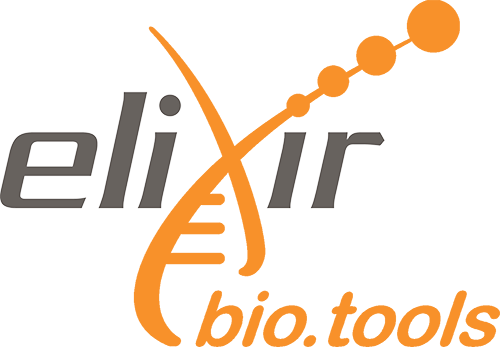e-learning
Decontamination of a genome assembly
Abstract
When sequencing a genome, it is common that contamination from a foreign organism get mixed with the genomic material of our species of interest. For instance, if you are processing a whole body sample of an insect then you will sequence not only the insect, but everything on and inside of it. When building a reference genome, it is important to separate these contaminants from the genome of our species. Foreign DNA sequences could cause false positive identification when running BLAST analyses, the misidentification of genes that don't actually belong to the species, or they can be incorporated as 'reference' sequence for that species in the public archives when those sequences did not actually belong to that species.
About This Material
This is a Hands-on Tutorial from the GTN which is usable either for individual self-study, or as a teaching material in a classroom.
Questions this will address
- How to remove contaminant sequences from your assembly?
Learning Objectives
- Remove contaminant sequences from an assembly
- Identify contaminant species
- Remove Mitochondrial DNA from an assembly
Licence: Creative Commons Attribution 4.0 International
Keywords: Assembly, biodiversity
Target audience: Students
Resource type: e-learning
Version: 5
Status: Active
Prerequisites:
- Introduction to Galaxy Analyses
- Quality Control
Learning objectives:
- Remove contaminant sequences from an assembly
- Identify contaminant species
- Remove Mitochondrial DNA from an assembly
Date modified: 2025-06-04
Date published: 2024-09-04
Contributors: Björn Grüning, Bérénice Batut, Deepti Varshney, Delphine Lariviere, Saskia Hiltemann, Solenne Correard
Scientific topics: Sequence assembly, Genomics, Biodiversity
Activity log


